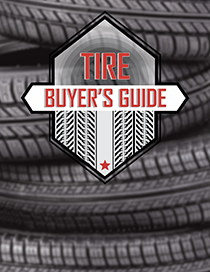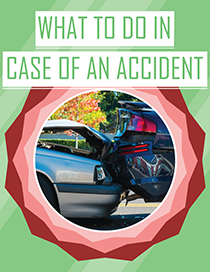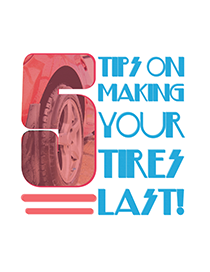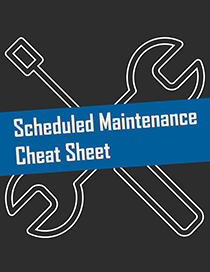Buying New Tires? Five Questions to Consider
At some point, every vehicle owner needs to think about buying new tires. Depending on the number of miles you put on your vehicle annually, that time may come sooner rather than later.
According to Edmunds, if you drive your car around 12,000 to 15,000, your tires should last about three to four years. Other factors that will influence how soon you need tires including the type of driving you do, roads you travel, and whether or not you’ve kept up with maintenance services like tire balancing and wheel alignment.
If you are thinking about buying new tires, here are five questions for you to consider to help in the decision process and to aid in protecting your investment.
How does your tread look?
Tread wear is one of the most critical factors in determining whether or not you need new tires. Most tires have built-in tread wear indicators, but the penny test is another simple way to gauge your tread depth. Hold a penny so you can read “In God We Trust” across the top. Insert it into five different sections of the tire and look at Lincoln’s head. If you can see the top of Lincoln’s head, your treads are excessively worn, and it is time for a new set of tires. If Abe’s head is covered to about the forehead hairline, the tread is in good shape and you probably do not need new tires.
Have you looked for promotions?
If you have determined your tires should be replaced, you will need to start shopping. Tires are expensive, so begin by looking for promotions to see where you can save money. There are plenty of nationwide rebates and promotions each month that are available through your local tire professionals. Take some time to browse online for not only the right tires, but the best value.
What size tires do you need?
Tires are identified with an alphanumeric tire code that might not make a lot of sense to the untrained eyed. Actually that code that gives you a host of information about its characteristics, including the size. For example, P195/70R15 43H M+S, shows you the type, width, aspect ratio, diameter, tire speed rating, and indicates the tire is an all-season tire. By checking out the tire code on your current tires, you will have some basic information about what you will be looking for when buying new tires.
Which type of tire is best for your driving?
The climate you live in, your driving habits, and your own personal preference can all factor in when determining the tire type that will be best for you. Generally speaking, an all-season tire is a good choice for most climates and vehicles. The all-season tire can be changed out for a winter tire if you live or travel in a northern climate that gets a great deal of ice and snow.
How do I maintain my new tires?
Regular tire maintenance is the key to protecting your tire investment. Once your new tires have been installed you will want to keep them inflated to the proper pressure to prolong their service and prevent tire failure. PSI should normally be 30-35, but always refer to the specific recommendations for your particular tire and vehicle. Tire rotations, wheel alignments, and tire balancing should be part of your regularly scheduled maintenance to extend the life of your tires and your vehicle.






